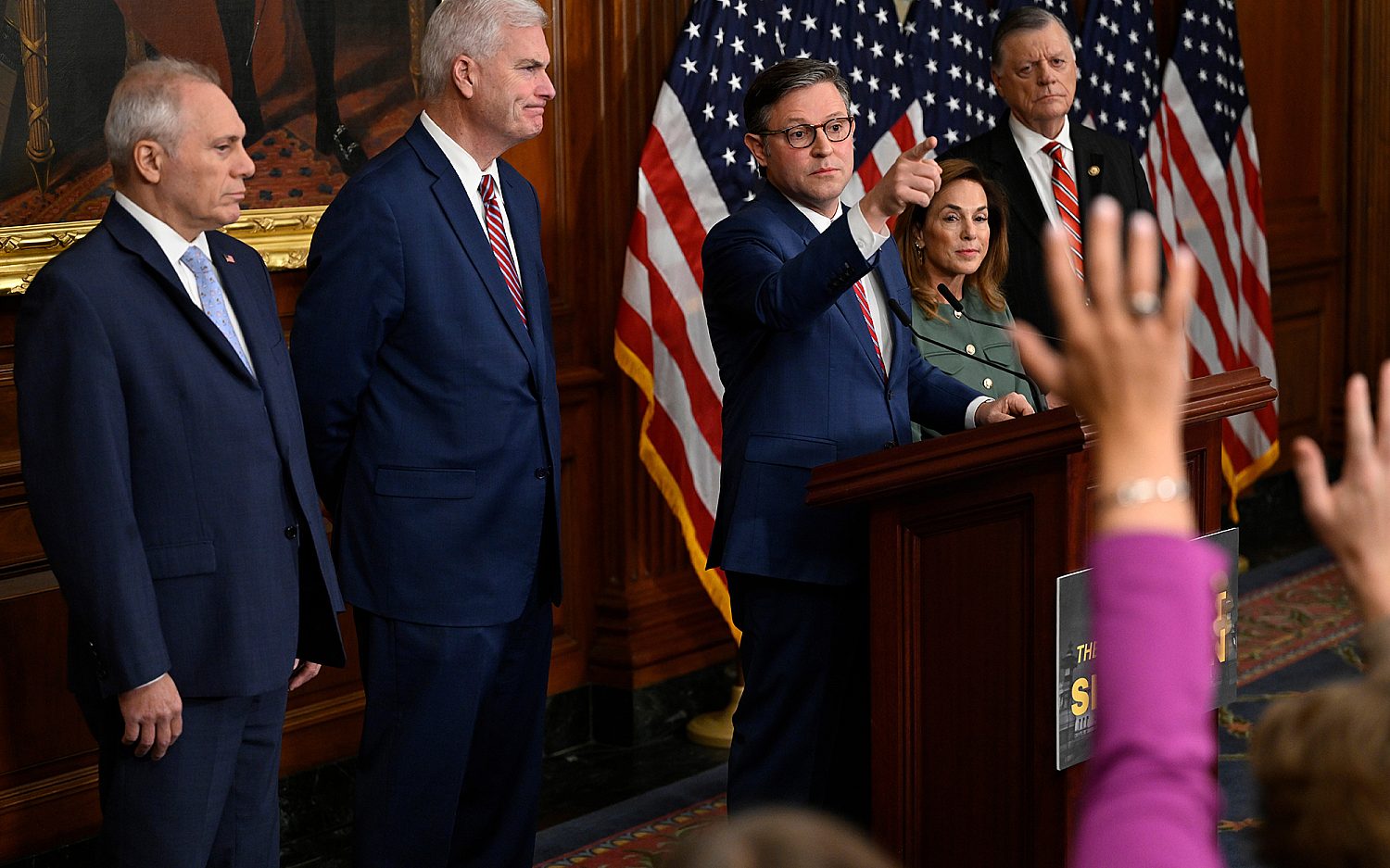For ’90s teens, free condoms led to more pregnancies
New study shows the pitfalls of condom distribution in high schools
Free condom distribution without counseling led to an increase in teen pregnancy in the 1990s, according to a new study released last week.
The study, conducted by Kasey Buckles and Daniel Hungerman from the University of Notre Dame, found fertility rates increased by 10 percent in communities where schools provided free condoms. Gonorrhea rates rose, as well.
The study, a working paper with National Bureau of Economic Research (NBER), compared teen girls in schools that provided free condoms with 20- to 24-year-olds in the same location and teen girls in schools that did not provide condoms. Buckles and Hungerman analyzed data from 22 districts in 12 states, a total of 484 schools in mostly large, urban areas. Most of the condom distribution programs they studied launched in 1992 or 1993 to combat the AIDS epidemic.
“Access to condoms for the entire high-school-aged population in a county would lead to about five extra births per 1,000 teenage women, or a 10 percent increase relative to the mean,” wrote Buckles and Hungerman. “Since the average program covered about one-third of the teenage women in the county, the typical program led to an additional two births per 1,000 teenage women.”
The study listed three possible reasons for the increase: encouraging risky sexual behavior, promoting condom use over methods that better prevent pregnancy, or diverting school resources away from other effective programs.
The study noted one caveat: If a school provided a free condom alongside counseling and instruction, the 10-percent increase weakened and, in some cases, reversed. Buckles and Hungerman reported two-thirds of the programs they studied included mandatory counseling. Those findings are leading commentators to argue the study simply proves that free condoms with counseling is a great way to reduce teen pregnancy.
But it is not that simple, said Valerie Huber, president and CEO of Ascend (formerly the National Abstinence Education Association). The NBER paper found access to condoms and counseling had no effect or reduced teen pregnancy for large, urban school districts in 1992 and 1993. But Huber argues against contextualizing those conclusions to schools in 2016.
The study’s authors agreed. “Condom distribution programs in today’s schools may not have the same effects as those shown here,” they wrote. “Policy makers should therefore use caution in generalizing our results to predict the effects of condom distribution programs for today’s teens.”
Today’s landscape is different, Huber said. Sexual education programs focus more on pregnancy-avoidance instead of sexually transmitted disease-avoidance and therefore push oral contraceptives and intrauterine devices and implants. Teen sex is also increasingly normalized in culture today. So while Huber said the study was interesting, “we have to see it as a historic document probably as much as anything.”
Huber pointed to a study Ascend did with the Barna Group looking at more recent data showing that students reported feeling pressured to have sex by sexual-education classes, especially contraceptive demonstrations, or what Buckles and Hungerman’s study would call “counseling.” The Ascend and Barna research found about 40 percent of 18- and 19-year-olds reported feeling pressured to have sex by sex-ed classes, more than the percent who felt pressured by a girlfriend or boyfriend. So counseling is not a silver bullet.
Huber said more schools today are showing interest in sexual risk avoidance education programs rather than programs that emphasize contraception and normalize teen sex: “We can do a whole lot better than a bowl of condoms and counseling.”
An actual newsletter worth subscribing to instead of just a collection of links. —Adam
Sign up to receive The Sift email newsletter each weekday morning for the latest headlines from WORLD’s breaking news team.




Please wait while we load the latest comments...
Comments
Please register, subscribe, or log in to comment on this article.